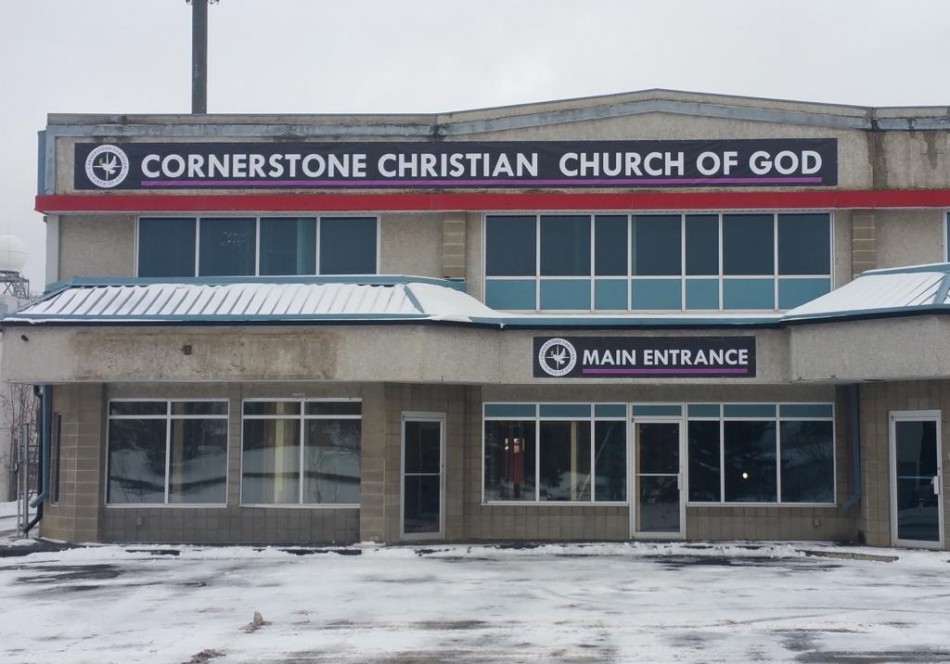The population of the Black community in Edmonton is growing, so too is its cultural impacts, festivals, community building organizations, churches, businesses, and institutions.
The 2016 Census saw the Black population almost double; from 19K in the 2006 Census, to 30K in the 2011 Census, and to 54K in the 2016 Census, approaching an estimated 65K in 2020. This constitutes about 6% of Edmonton’s population and growing.
The rapid growth of the Black community in Edmonton is reflected in the explosive growth of Black History Month events during this month of February with over 20 fantastic events to celebrate Black History; community, religious, political, artistic, and entrepreneurial.
The growth of the Black community in Edmonton has come with its own challenges from self identity for the youths – turn between their predominantly multicultural out of home community, and their predominantly Black community at home, through proper integration of newcomer Blacks into mainstream Canadian society, to the expansion for the community building groups such as the churches from their basement hideouts into Main Street.
As a core part of Black culture, churches have played a historic role in building Black communities; mentorship, newcomer support, talent development, coaching, leadership development, youth programs, charity programs, and women support networks, heavily supported by the Black community and diversifying, attracting other non-Black communities to become multicultural churches.
Some of the expanding churches have grown into the headwinds of City of Edmonton bylaws that have made their expansion either impossible or restricted.
The Cornerstone Christian Church of God has run in to over 30K extra cost for the installation of sprinklers and now facing over 100K bill to expand its drain and add a new fire hydrant in their still under construction new Edmonton South community centre.
Celestial Church, another church with a heavy community building component had to drag the City to court to change the land use of their new location after using the services of a lawyer, costing them thousands of Dollars in the process for a community with limited financial resources.
There certainly should be a better way to address these issues faced by expanding diversifying Black churches and certainly many other Edmontonians especially for a public good such as adding a new fire hydrant and expanding the drains as other people in the neighbourhood will also benefit as a result of this new development.
The good news is the EPCO’s Pilot Project coming up in 2020 and 2021, a proposal for infill developers to share cost in development that benefit the entire neighbourhood.
The bad news is that this pilot is limited to residential and development in new neighbourhoods, such that expanding churches and others affected by this who can only afford to turn old dilapidated abandon industrial buildings into vibrant community centres might have to keep hoping for a messiah from City Council or otherwise keep raising the awareness on these issues.






